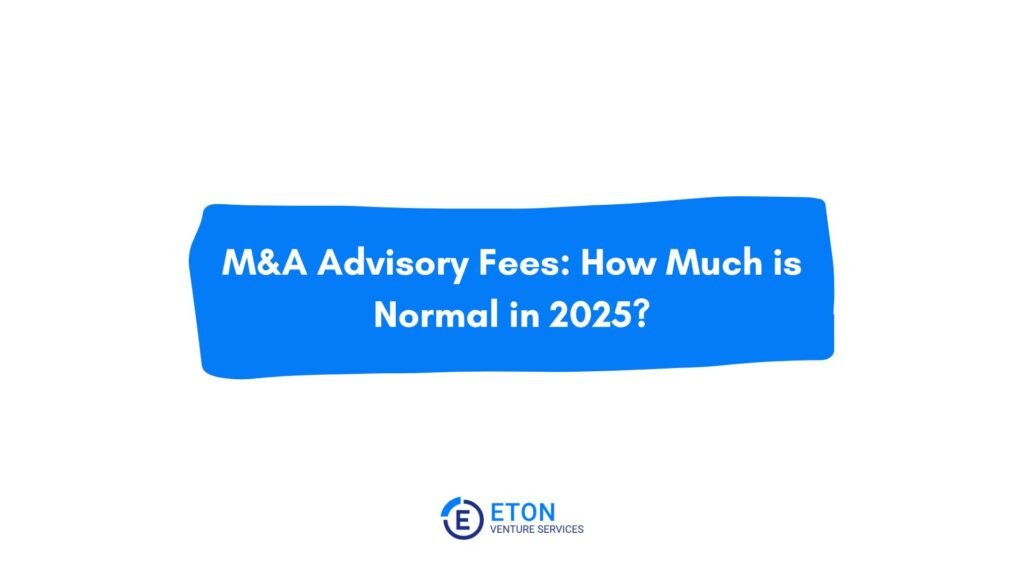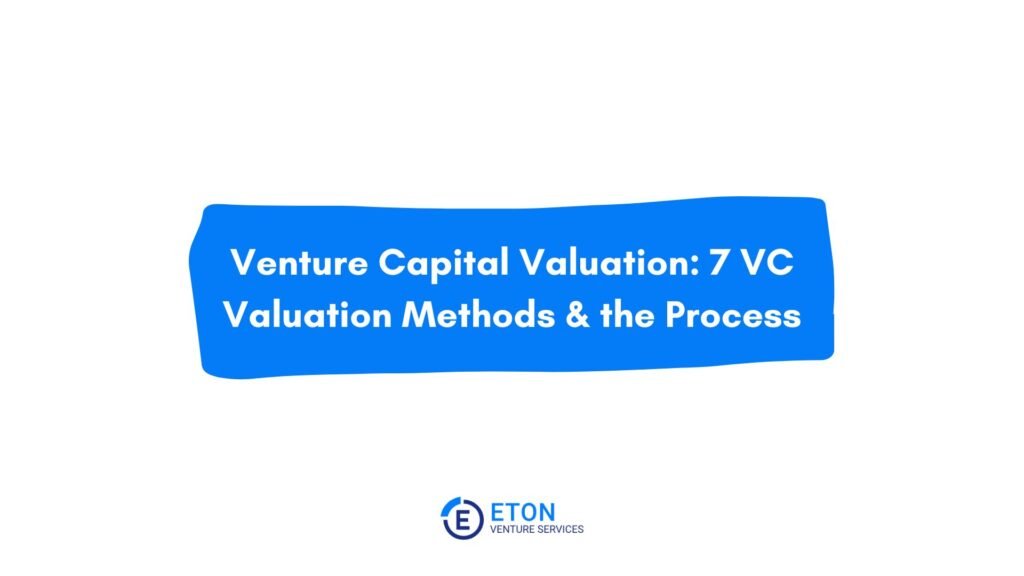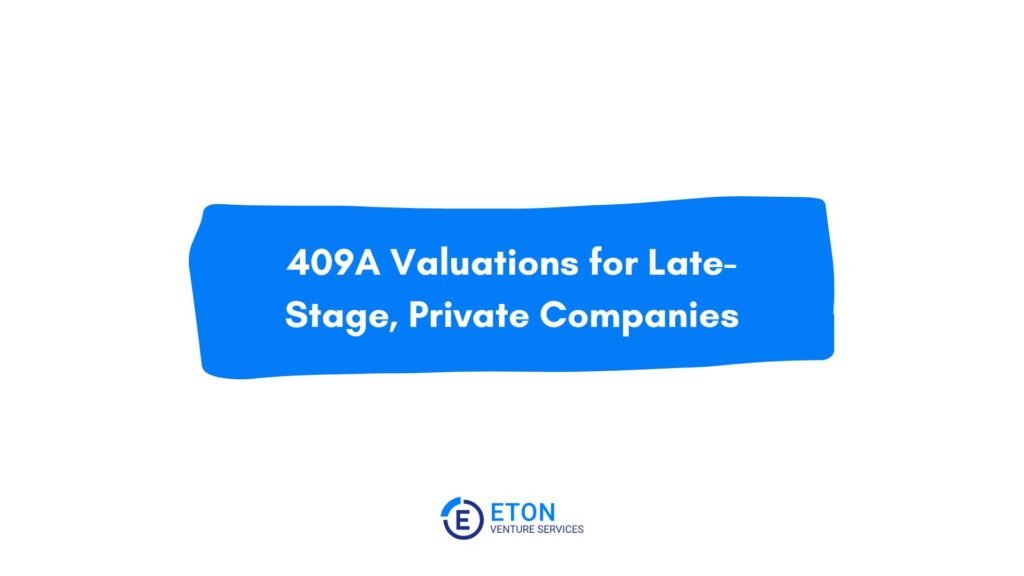Bandera Master Fund LP v. Boardwalk Pipeline Partners, LP, C. A. 2018-0372-JTL (Del. Ch. Nov. 12, 2021) highlights the importance of utilizing accurate and well-founded valuation techniques when assessing damages in complex litigation. In this article, we will delve deeper into the case, exploring the different valuation methodologies employed by expert witnesses and discussing the implications of the court’s decision on the damages assessment process.
Background
In Bandera Master Fund, the plaintiffs alleged that the general partner of Boardwalk Pipeline Partners, LP (Boardwalk) breached its fiduciary duties by approving a transaction that was detrimental to the limited partners. The transaction in question was the acquisition of a company (Loews) by Boardwalk, which the plaintiffs argued significantly undervalued the acquired company and overpaid for the assets. As a result, they sought damages based on the difference between the transaction price and the alleged fair market value of the assets.
Valuation Techniques Employed by Expert Witnesses
To determine the appropriate damages amount, the expert witnesses in the case employed various valuation techniques, including the discounted cash flow (DCF) method, the guideline public company (GPC) method, and the guideline transaction (GT) method. Each of these methodologies presents unique advantages and challenges, and their use in this case provides valuable insights into the complexities of damages assessment in litigation.
Discounted Cash Flow Method
The Discounted Cash Flow (DCF) method is a widely recognized and respected valuation technique that focuses on estimating the future cash flows an asset or business will generate over a specific period. By discounting these projected cash flows back to their present value using an appropriate discount rate, the DCF method calculates the intrinsic value of the asset or business, allowing for an informed comparison with the current market price.
In Bandera Master Fund, the plaintiffs’ expert witness employed the DCF method to ascertain the alleged fair market value of the company acquired by Boardwalk. However, the court identified several shortcomings in the expert’s approach, which ultimately undermined the credibility of the valuation.
First, Vice Chancellor J. Travis Laster took issue with the expert’s selection of the discount rate. The discount rate is a crucial component of the DCF method, as it represents the required rate of return for an investor considering the investment’s risk profile. When determining the discount rate, analysts often consider factors such as the risk-free rate, market risk premium, and company-specific risk factors. In this case, the court found that the expert’s chosen discount rate was not adequately supported by evidence or industry standards, which raised questions about the reliability of the valuation.
Second, Vice Chancellor J. Travis Laster found problems with the expert’s treatment of certain non-operating assets. Non-operating assets are assets that do not contribute to a company’s core operations, such as excess cash or non-core real estate holdings. In the DCF analysis, non-operating assets should be valued separately and added to the present value of the projected cash flows to determine the total enterprise value. Vice Chancellor J. Travis Laster determined that the expert’s approach to valuing and incorporating non-operating assets into the analysis was flawed, further undermining the credibility of the DCF valuation.
Vice Chancellor J. Travis Laster’s critique of the expert’s DCF methodology serves as a valuable reminder for valuation professionals to ensure that their DCF analyses adhere to best practices and industry standards. By selecting an appropriate discount rate, carefully handling non-operating assets, and thoroughly supporting all aspects of the analysis with empirical evidence, analysts can produce more reliable and defensible DCF valuations.
Guideline Public Company Method
The Guideline Public Company (GPC) method is a relative valuation approach that compares the subject company with a group of publicly traded companies operating within the same industry. This comparison allows for the identification of similarities and differences in various financial and operational metrics, which can provide valuable insights into the subject company’s valuation. The GPC method typically involves calculating valuation multiples, such as price-to-earnings, price-to-sales, or enterprise value-to-EBITDA, based on the financial performance of the peer group and applying these multiples to the subject company’s financials to derive its implied value.
In Bandera Master Fund, the plaintiffs’ expert witness employed the GPC method to support their claim that the acquired company was undervalued in the transaction. The expert’s analysis involved selecting a group of comparable public companies, calculating valuation multiples based on their financial performance, and applying these multiples to the acquired company’s financials.
However, Vice Chancellor J. Travis Laster found several issues with the expert’s GPC analysis, most notably the selection of the peer group. When choosing a group of comparable companies for the GPC method, it is essential to ensure that the selected companies share similar business models, operational characteristics, and risk profiles with the subject company. This is because significant differences in these factors can result in misleading valuation multiples, which may not accurately represent the subject company’s value.
Vice Chancellor J. Travis Laster determined that the expert’s selected peer group was not representative of the acquired company, as it included companies with significantly different business models and risk profiles. This lack of comparability between the peer group and the subject company compromised the credibility of the expert’s GPC analysis and ultimately undermined their argument that the acquired company was undervalued.
Vice Chancellor J. Travis Laster’s critique of the expert’s GPC methodology in the Bandera Master Fund case highlights the importance of carefully selecting a representative peer group when employing the GPC method. Valuation professionals should ensure that their peer group selections are based on relevant criteria, such as industry, size, growth prospects, and risk factors, and that their valuation multiples are supported by empirical evidence and industry standards. By adhering to these best practices, analysts can produce more reliable and defensible GPC valuations.
Guideline Transaction Method
The Guideline Transaction (GT) method is a relative valuation approach that analyzes transactions involving similar assets or businesses to establish appropriate valuation multiples. By examining the pricing and terms of past transactions in the same industry or involving comparable assets, this method helps to identify industry norms and trends, which can then be applied to the subject company or asset to determine its implied value. Key valuation multiples used in the GT method include price-to-earnings, price-to-sales, or enterprise value-to-EBITDA, among others.
In Bandera Master Fund, the plaintiffs’ expert witness employed the GT method to argue that the transaction multiples for the acquisition of the subject company were significantly lower than the industry average. The expert’s analysis involved examining a set of precedent transactions, calculating the valuation multiples based on the transaction prices and financial performance of the acquired companies, and comparing these multiples to those of the subject transaction.
However, Vice Chancellor J. Travis Laster identified shortcomings in the expert’s GT analysis, specifically regarding the comparability of the selected precedent transactions. When employing the GT method, it is crucial to ensure that the chosen transactions involve assets or businesses with similar characteristics, such as size, growth prospects, risk factors, and operational qualities. This is because differences in these factors can lead to a wide range of valuation multiples, which may not be applicable to the subject company or asset.
Vice Chancellor Laster determined that the expert’s analysis was flawed, as it failed to account for differences in the quality and characteristics of the assets being compared. The expert’s selected precedent transactions did not provide a suitable basis for comparison due to these differences, which in turn undermined the credibility of their GT valuation and argument that the subject transaction multiples were significantly lower than the industry average.
Vice Chancellor Laster’s critique of the expert’s GT methodology in Bandera Master Fund emphasizes the importance of carefully selecting and analyzing precedent transactions when employing the GT method. Valuation professionals should ensure that their chosen transactions are sufficiently comparable to the subject company or asset, taking into consideration factors such as industry, size, growth prospects, risk factors, and operational qualities. Moreover, analysts should provide clear rationale and justification for their selected transactions and valuation multiples, supported by empirical evidence and industry standards. By adhering to these best practices, valuation professionals can produce more reliable and defensible GT valuations.
Court’s Decision and Implications for Damages Assessment
Ultimately, the court found that none of the valuation techniques employed by the plaintiffs’ expert witness were reliable, due to various methodological flaws and inconsistencies. As a result, the court ruled in favor of the defendants and awarded no damages to the plaintiffs.
The Bandera Master Fund v. Boardwalk case serves as a critical reminder for valuation professionals and lawyers alike of the importance of using appropriate and well-founded valuation methodologies when assessing damages in complex litigation. Furthermore, it underscores the necessity of ensuring that these methodologies are adequately supported by empirical evidence and industry standards.
Conclusion
Bandera Master Fund v. Boardwalk highlights the complexities involved in assessing damages in litigation, emphasizing the importance of employing accurate and well-founded valuation techniques. As valuation professionals, lawyers, and business owners navigate the challenging landscape of complex litigation, this case serves as a reminder to diligently scrutinize and select the most appropriate valuation methodologies, ensuring they are supported by empirical evidence and industry standards.
How can Eton help?
Navigating the complexities of business valuation can be challenging, particularly in the context of mergers and acquisitions. Our expert team at Eton Venture Services provides detailed, factual, and insightful valuation services to support your legal, financial, and strategic decision-making needs. With our extensive experience in the industry, we are well-equipped to provide accurate and reliable valuations that stand up to scrutiny.
Join the industry leaders who have already benefited from Eton’s outstanding client service and valuation expertise. Allow our team to guide you through the complexities of M&A valuation and transactional disputes to safeguard your interests and make informed decisions. Contact Eton Venture Services today.








